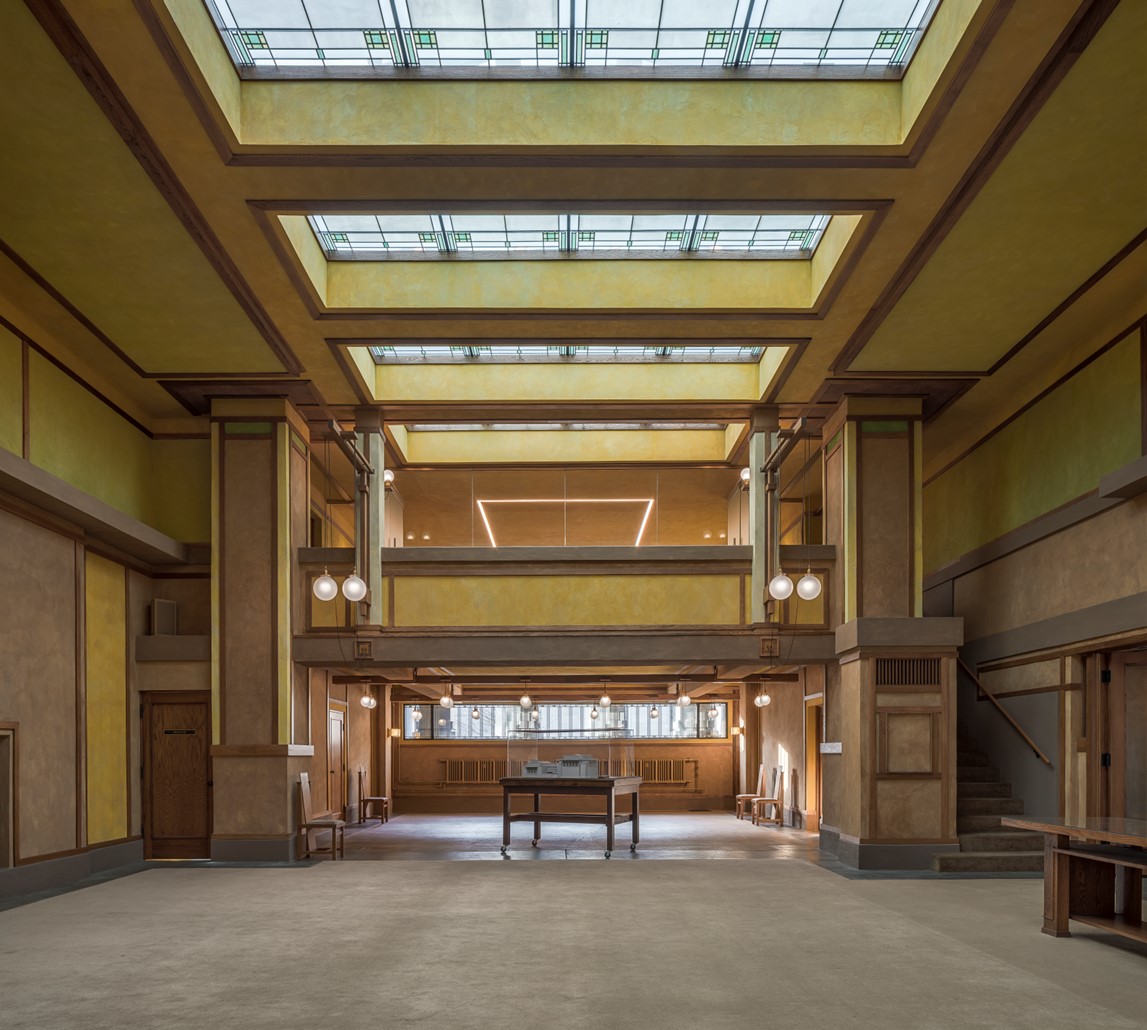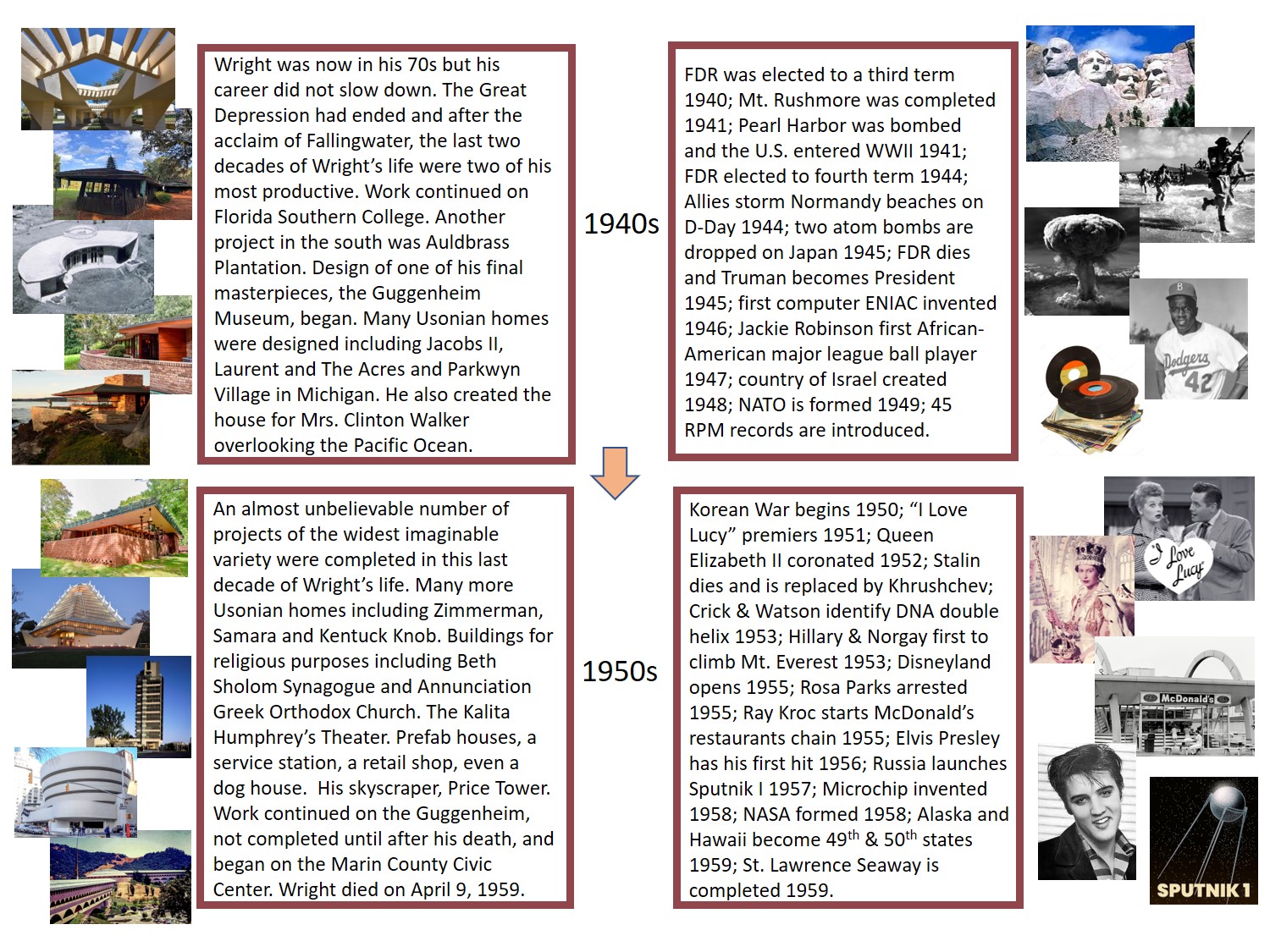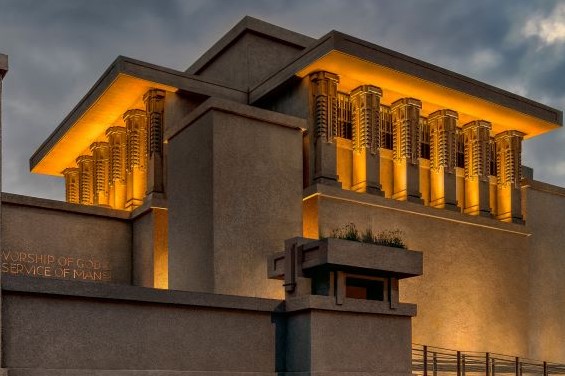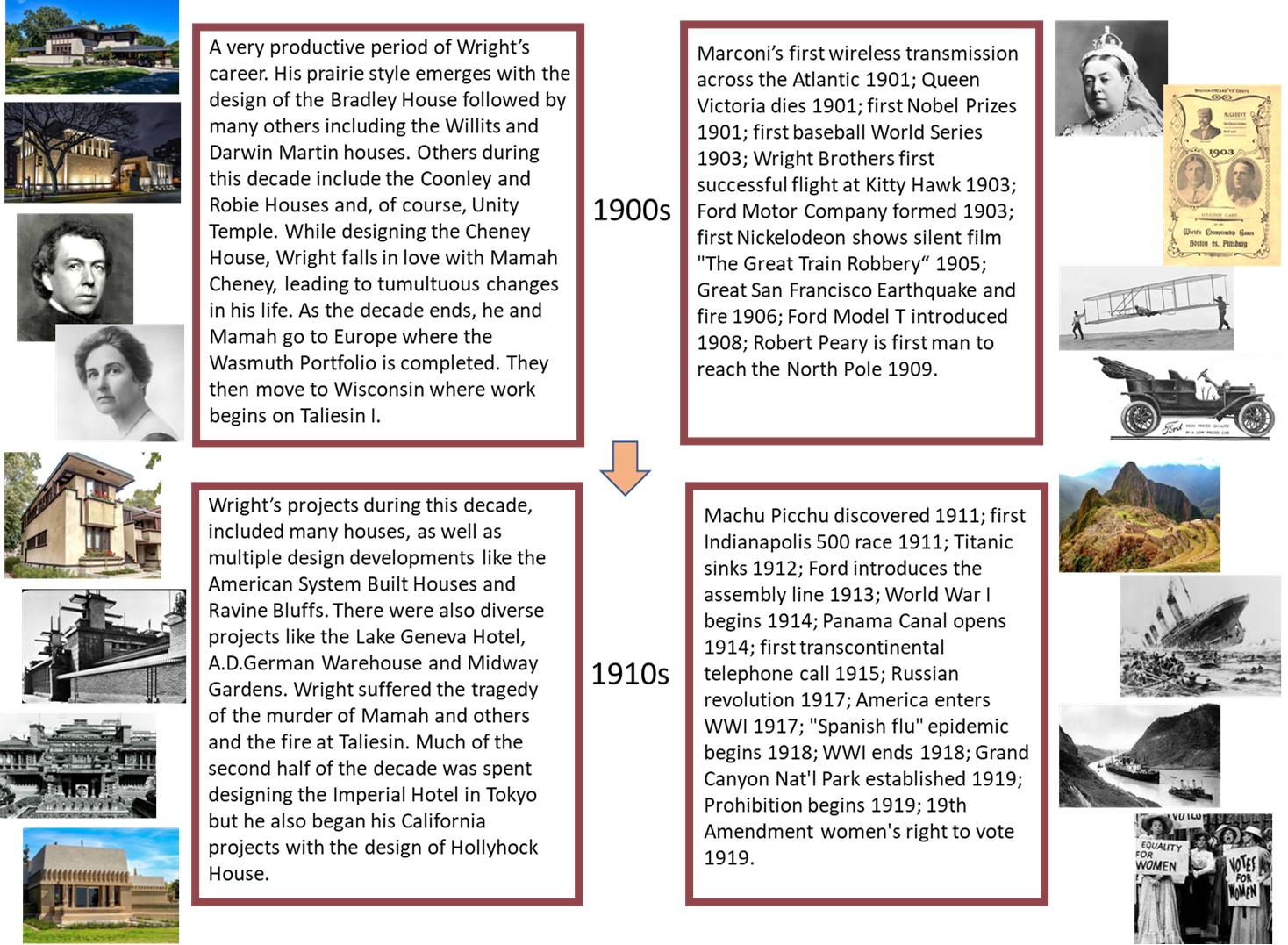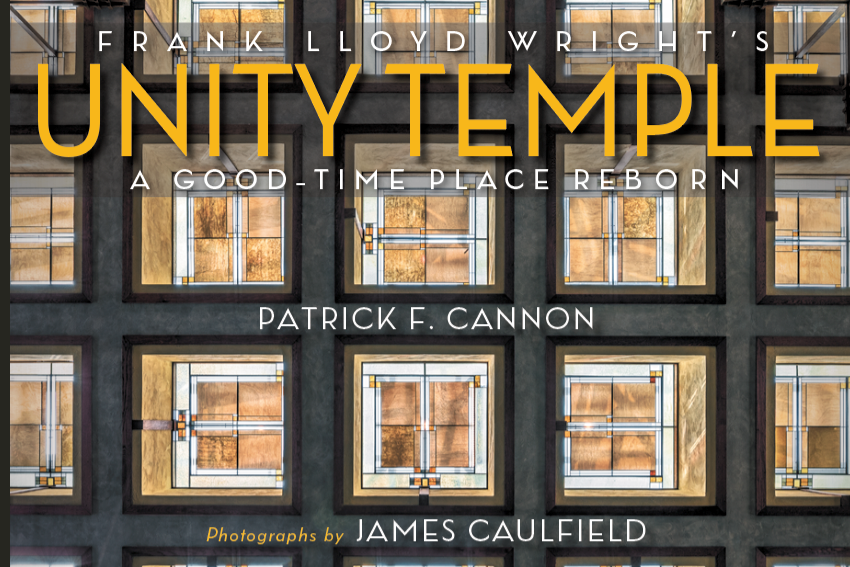Context for a radical break with tradition:
I clearly remember the first time I set eyes on Unity Temple, about fifteen years ago. Like so many others, I knew of Wright primarily from his Prairie Period residential works. I had recently toured the Robie House and, based on that, felt I had a good understanding of what awaited me in Oak Park. I could not have been more wrong! When the concrete monolith came into view along Lake Street, it took a moment to register what I was seeing.
If you tell me to close my eyes and picture a church, it’s a crisp red brick building with a tall, pointy white steeple. That vision is a product of the place I grew up and the faith traditions that surrounded me. Different traditions tend to go along with different styles. In fact quite a range are exhibited in close proximity to Unity Temple in Oak Park. The contrast between them and Unity Temple makes clear what a radical break Frank Lloyd Wright made with tradition in his design for Unity Temple.
When you’ve heard so much about a building for so long, the mere act of visiting carries the weight of great expectations. But stepping into Unity Temple for the first time, you know that this striking and ingenious building is special, worthy of the burnishing that it has just received: a contemplative place now given its due as part of the world’s cultural heritage, a poem in concrete and sand-float plaster.
I was lucky enough to get to photograph many of Oak Park’s sacred spaces several years ago as part of my work on Open House Chicago, the annual architecture festival presented by the Chicago Architecture Center. I thought it might be interesting to share a glimpse of some of Unity Temple’s religious neighbors – outstanding buildings in their own ways – to illuminate the contrast with Wright’s revolutionary take on a church building, and show some of the ways that more traditional church architecture was evolving at the same time.
Pilgrim Congregational Church (Patton & Fisher, 1889)
Grace Episcopal Church (John Sutcliff, 1905)
St. Edmund Roman Catholic Church (Henry J. Schlacks, 1910)
First United Methodist Church (Tallmadge & Watson, 1925)
Article and photos by Eric Allix Rogers
Events & Communications Manager
Frank Lloyd Wright Building Conservancy





